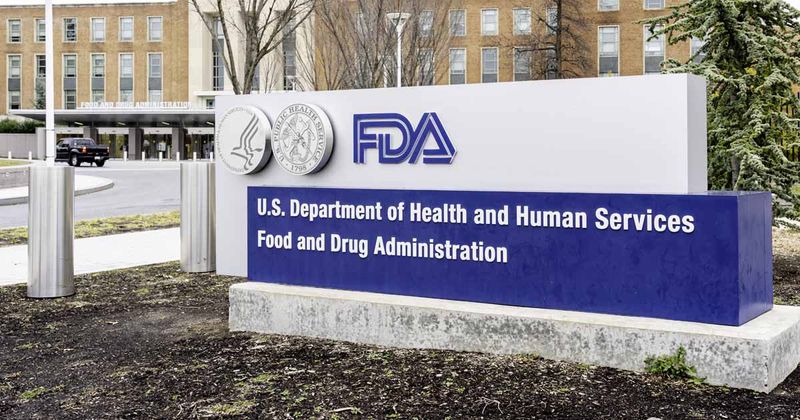FDA introduces draft guidance for evaluating food allergens
Click Here to Manage Email Alerts
The FDA has issued draft guidance detailing how it will evaluate the public health importance of food allergens that are not among those currently identified by law in the United States.
“This draft guidance is part of the FDA’s efforts to evaluate evidence about non-listed food allergens ... in a consistent and transparent manner, which can inform potential future FDA actions to better help protect the health of food allergic consumers,” Stefano Luccioli, MD, medical officer and allergy specialist with the FDA Center for Food Safety and Applied Nutrition, told Healio.

Current FDA food allergen categories include milk, eggs, fish, crustacean shellfish, tree nuts, peanuts, wheat and soybeans, with sesame joining this list effective Jan. 1, 2023. More than 160 foods, including many that do not belong to any of these categories, are known to cause allergic reactions, the FDA wrote in its draft guidance.

“Various stakeholders, including the National Academy of Sciences, have recommended that the FDA and other public health authorities periodically reassess lists of allergens based on scientific criteria,” Luccioli said. “From time to time, the FDA has also received requests from stakeholders to evaluate specific non-listed food allergens and take various actions on them.”
The Food Allergy Safety, Treatment, Education, and Research Act of 2021 directed HHS to report on recommendations for a regulatory process and framework for modifying the definition of “major food allergen,” Luccioli continued, including the scientific criteria for defining a food or ingredient as a major food allergen and stakeholder engagement for considering such modifications.
“This draft guidance is closely linked to our work with other HHS agencies on this report,” Luccioli said.
The FDA noted that food allergies and other hypersensitivities affect millions of people in the U.S. with symptoms ranging from hives and swelling to anaphylaxis, including fatal respiratory problems and shock.
Further, the FDA indicated that some food allergens not on its current list have relatively low prevalence rates. The reactions caused by the soon-to-be nine allergens on its list are all mediated by IgE and may include anaphylaxis.
The draft guidance describes how the FDA would evaluate the public health importance of food allergens that currently are not on its list.
This process would include a discussion of the evidence establishing the food as a cause of IgE-mediated food allergy as well as factors such as prevalence, severity and allergenic potency that the FDA would consider in its evaluation.
Also, the draft guidance provides the FDA’s recommendations for identifying and evaluating the relevant body of evidence to determine the public health importance of non-listed food allergens.
The FDA is looking for input on scientific factors, information pertaining to food labeling and its tentative recommendations for identifying and evaluating evidence applicable in assessing the public health importance of non-listed food allergens.
“We are especially interested in receiving comments that include scientific data and other technical information relevant to these topics. Please refer to the draft guidance for additional details,” Luccioli said.
Interested parties may comment on the draft guidance online at regulations.gov, using Docket ID: FDA-2021-N-0553, by Aug. 17.
Reference:
- Evaluating the public health importance of food allergens other than the major food allergens listed in the federal food, drug, and cosmetic act: guidance for FDA staff and stakeholders. https://www.fda.gov/media/157637/download. Posted April 18, 2022. Accessed April 21, 2022.
